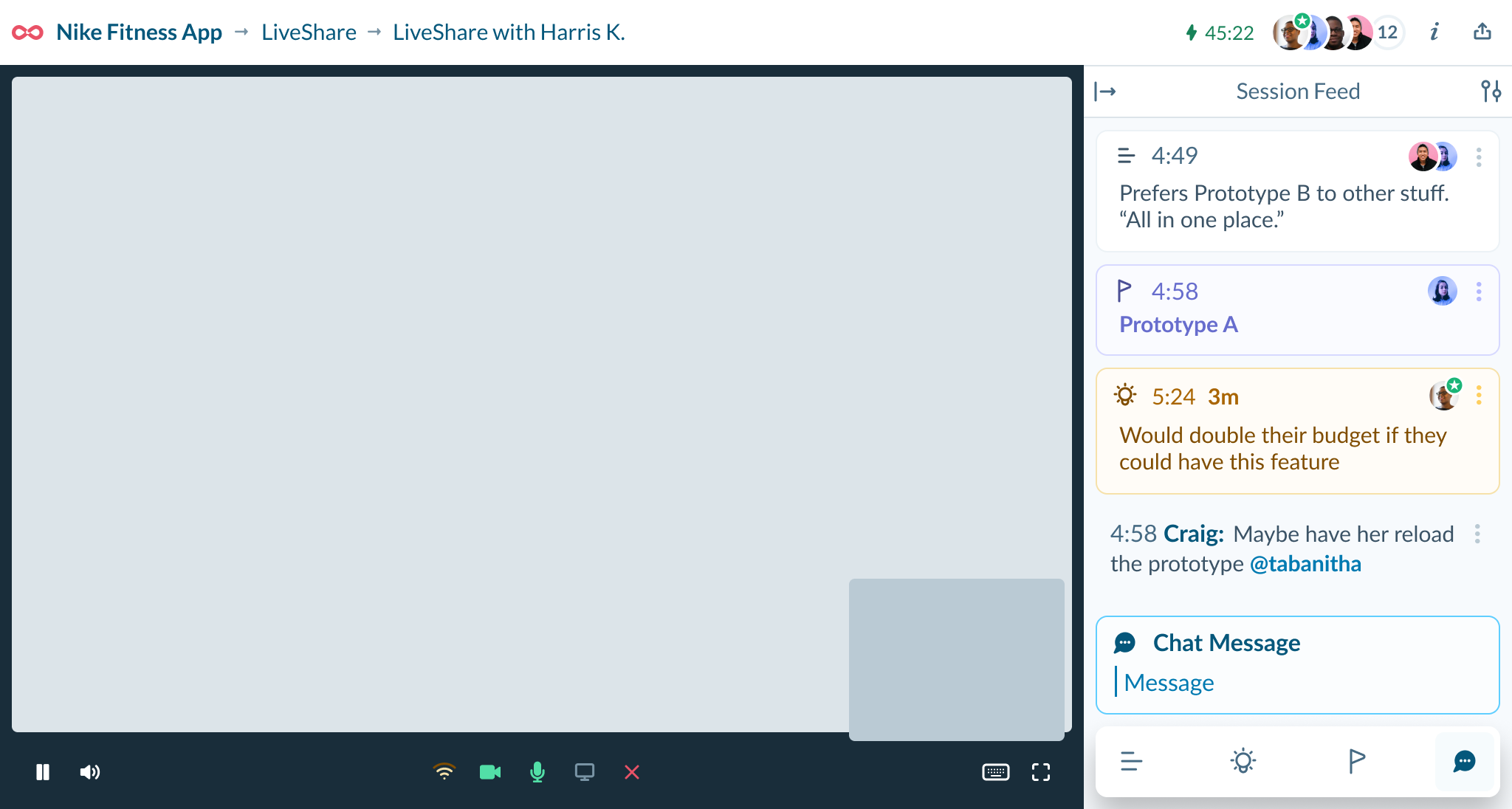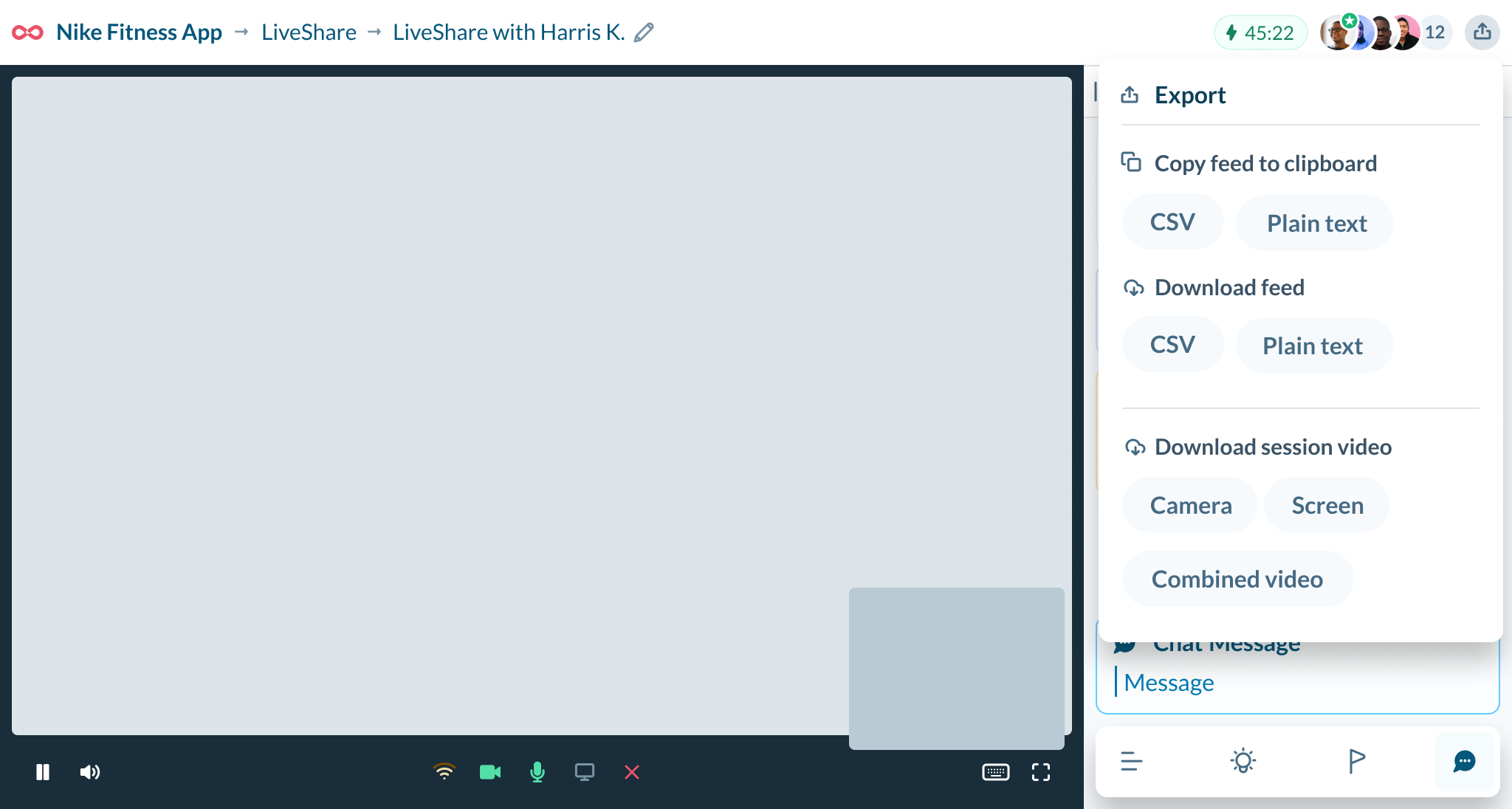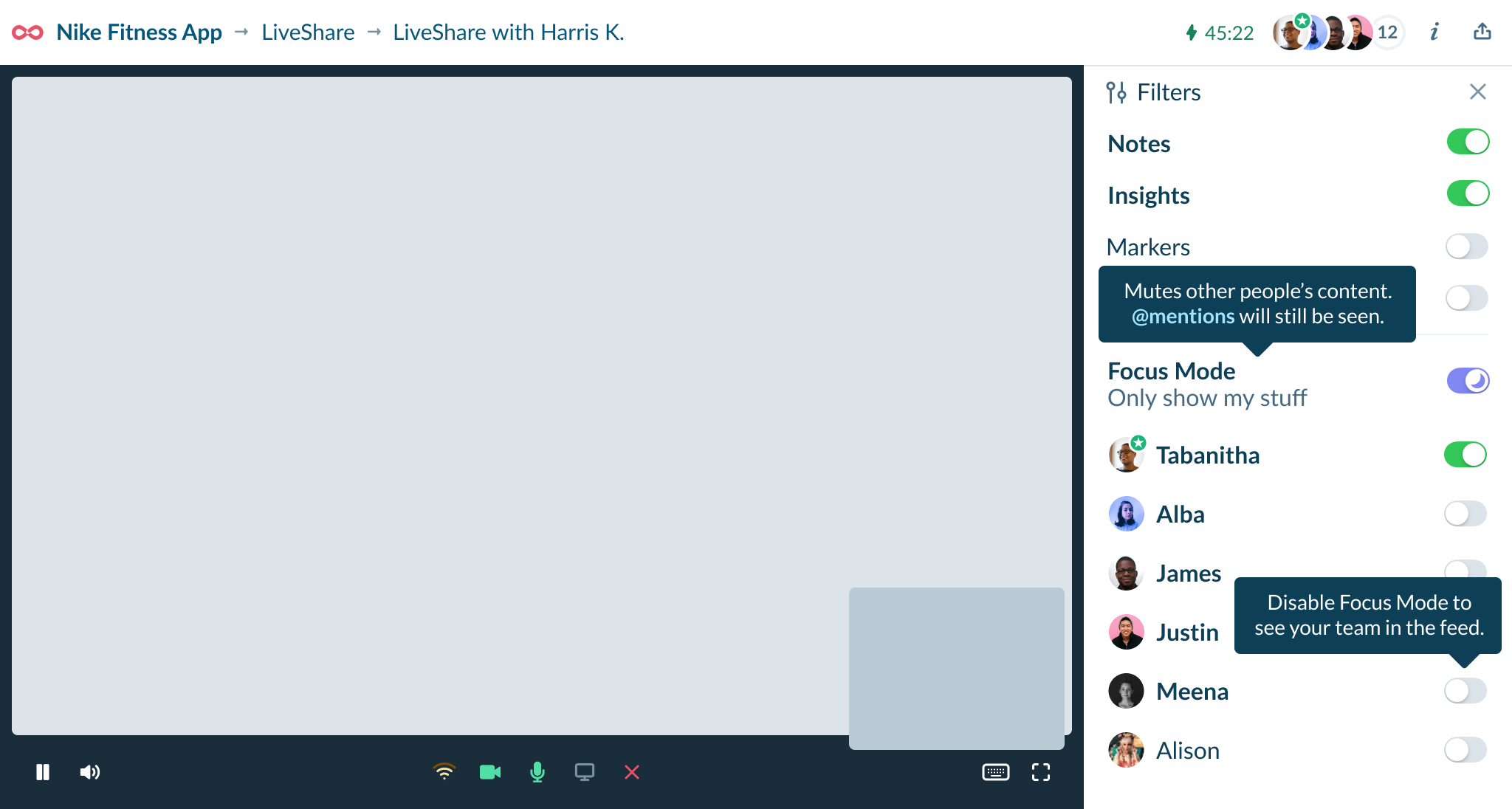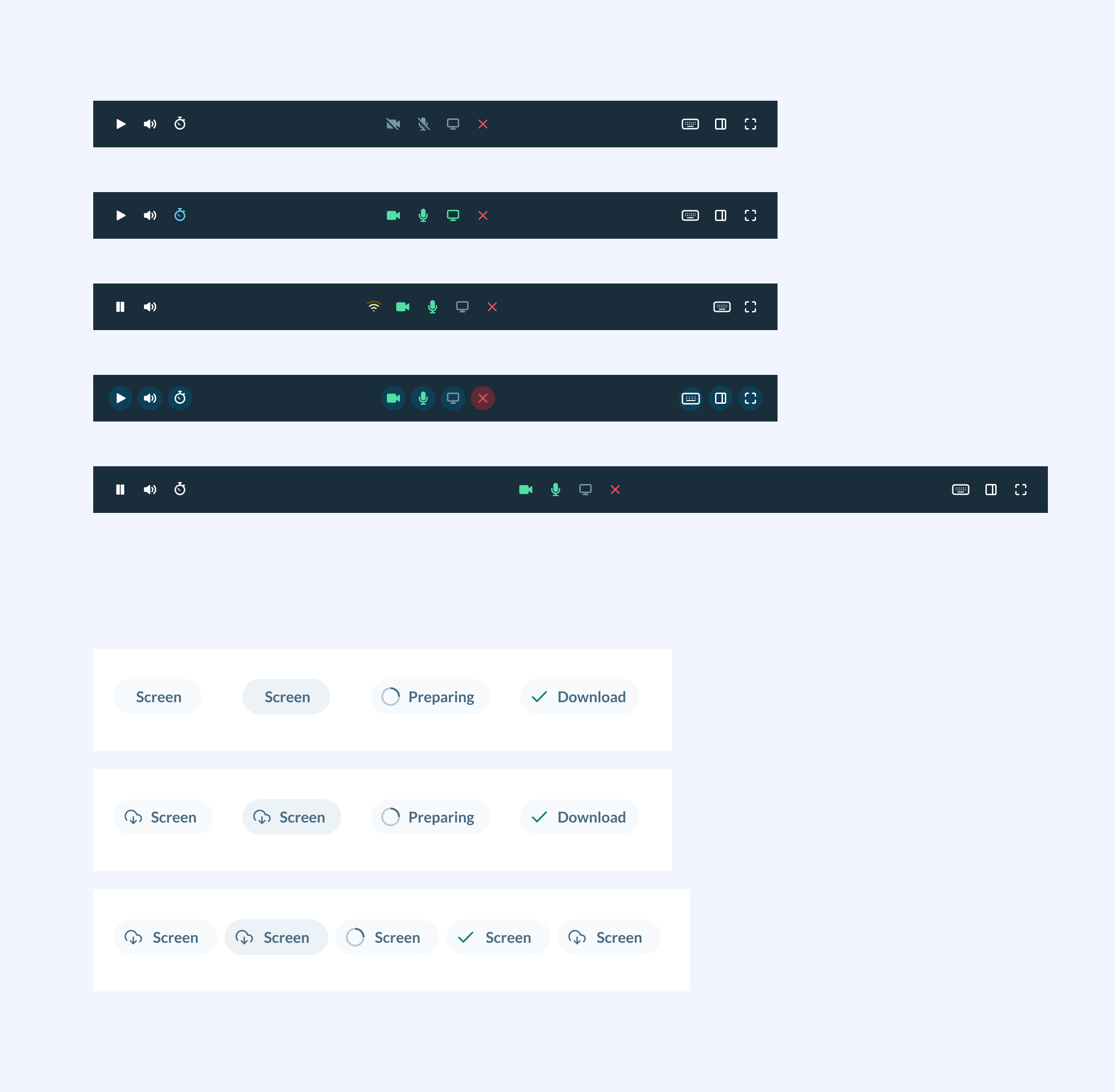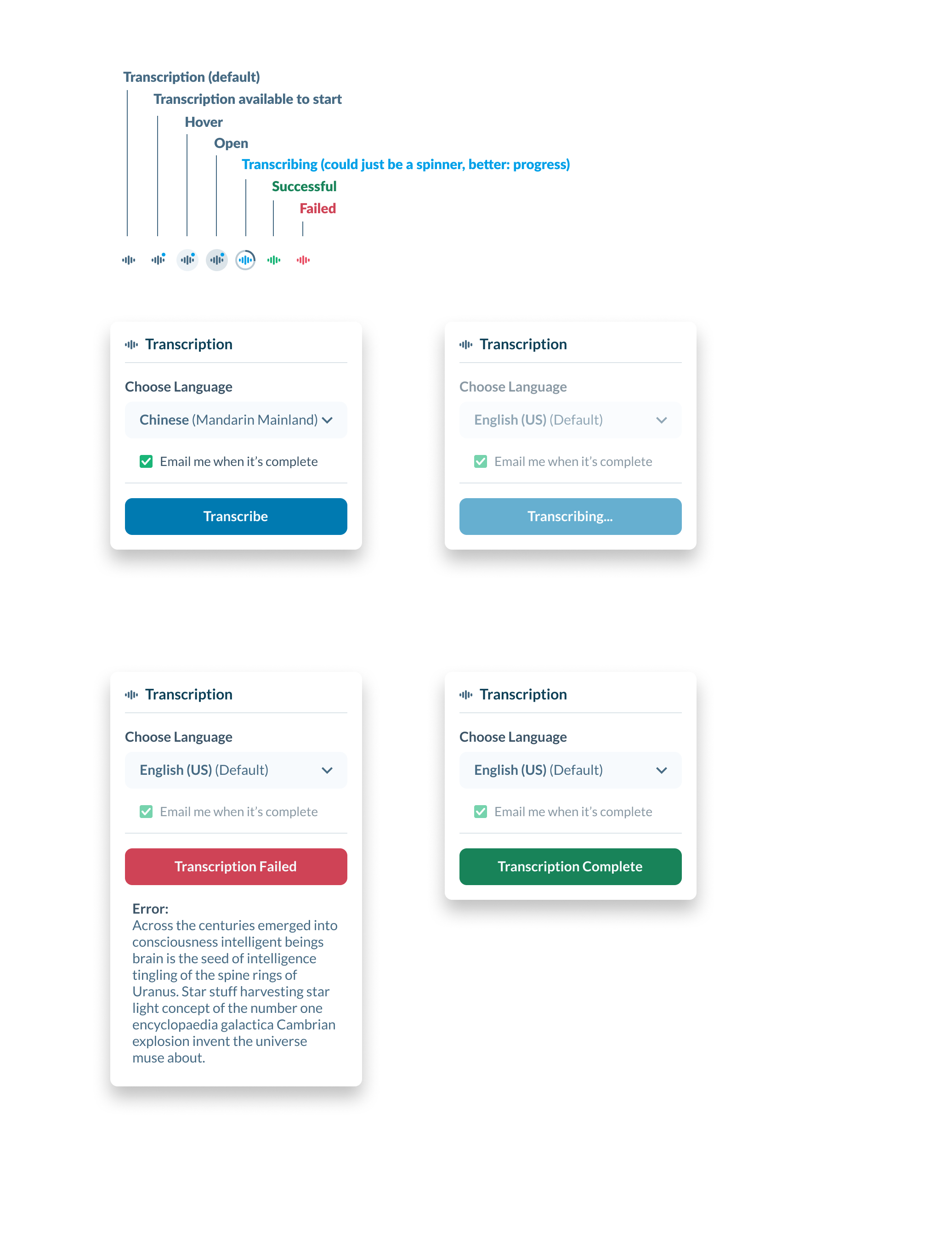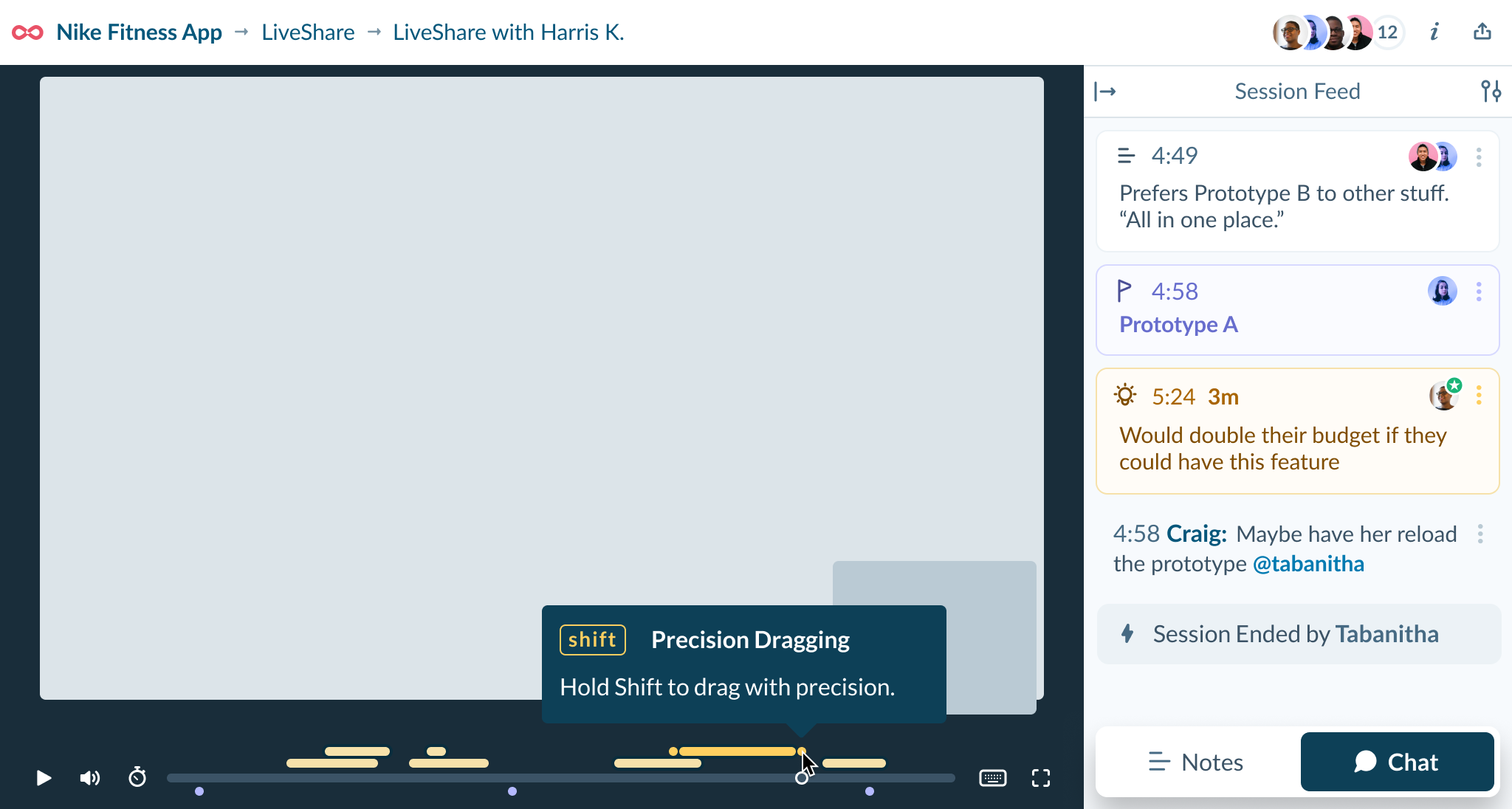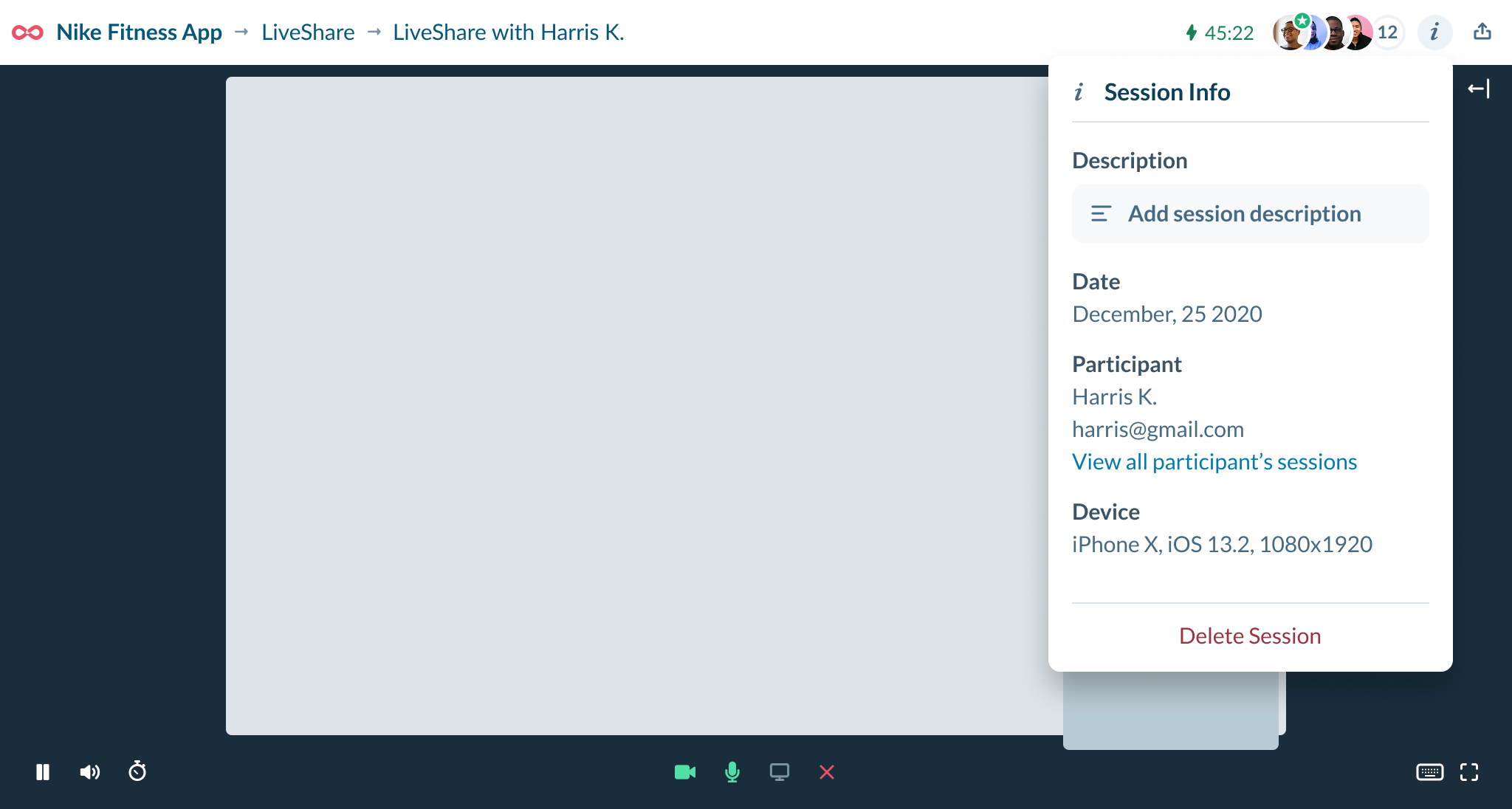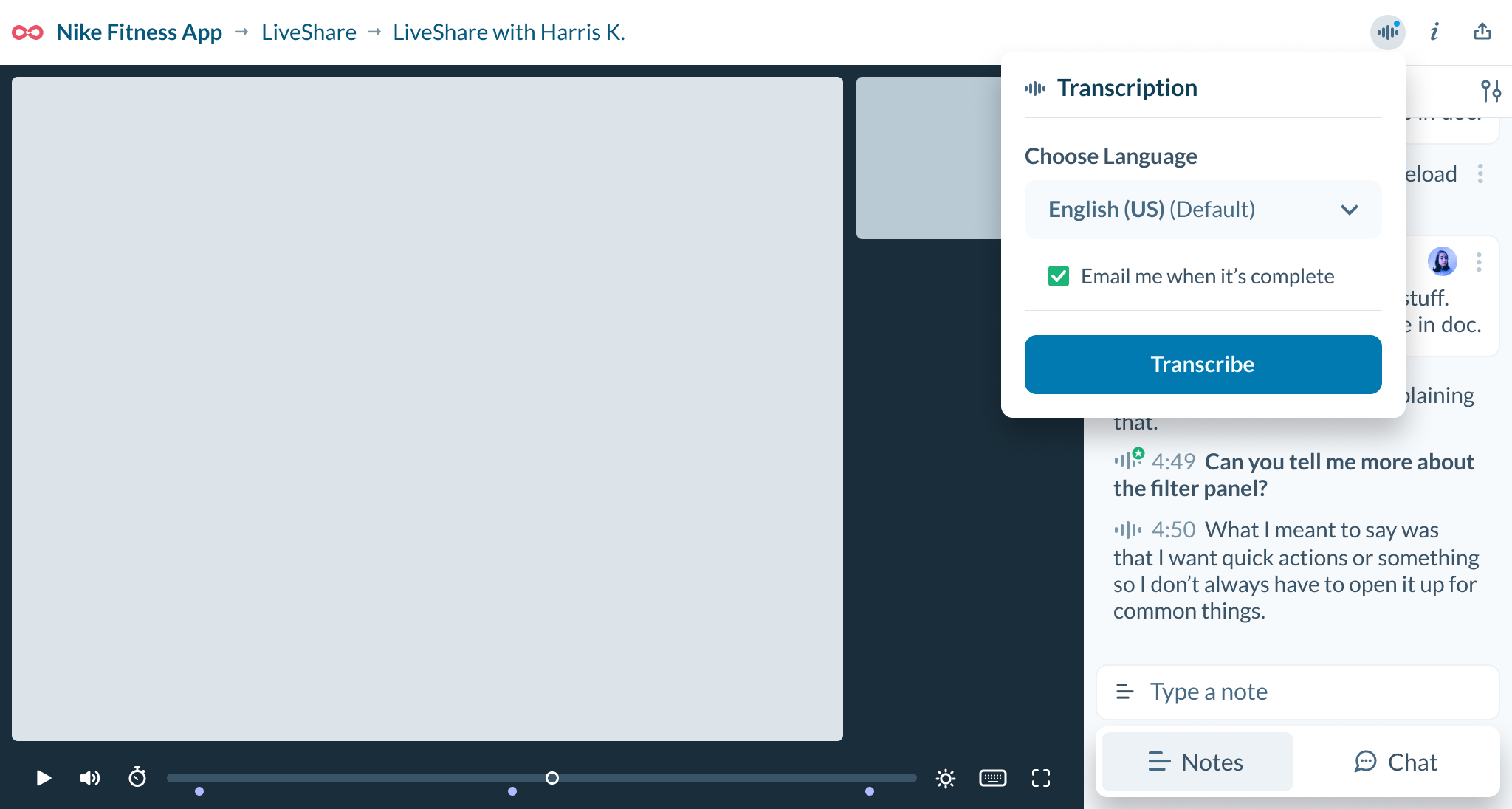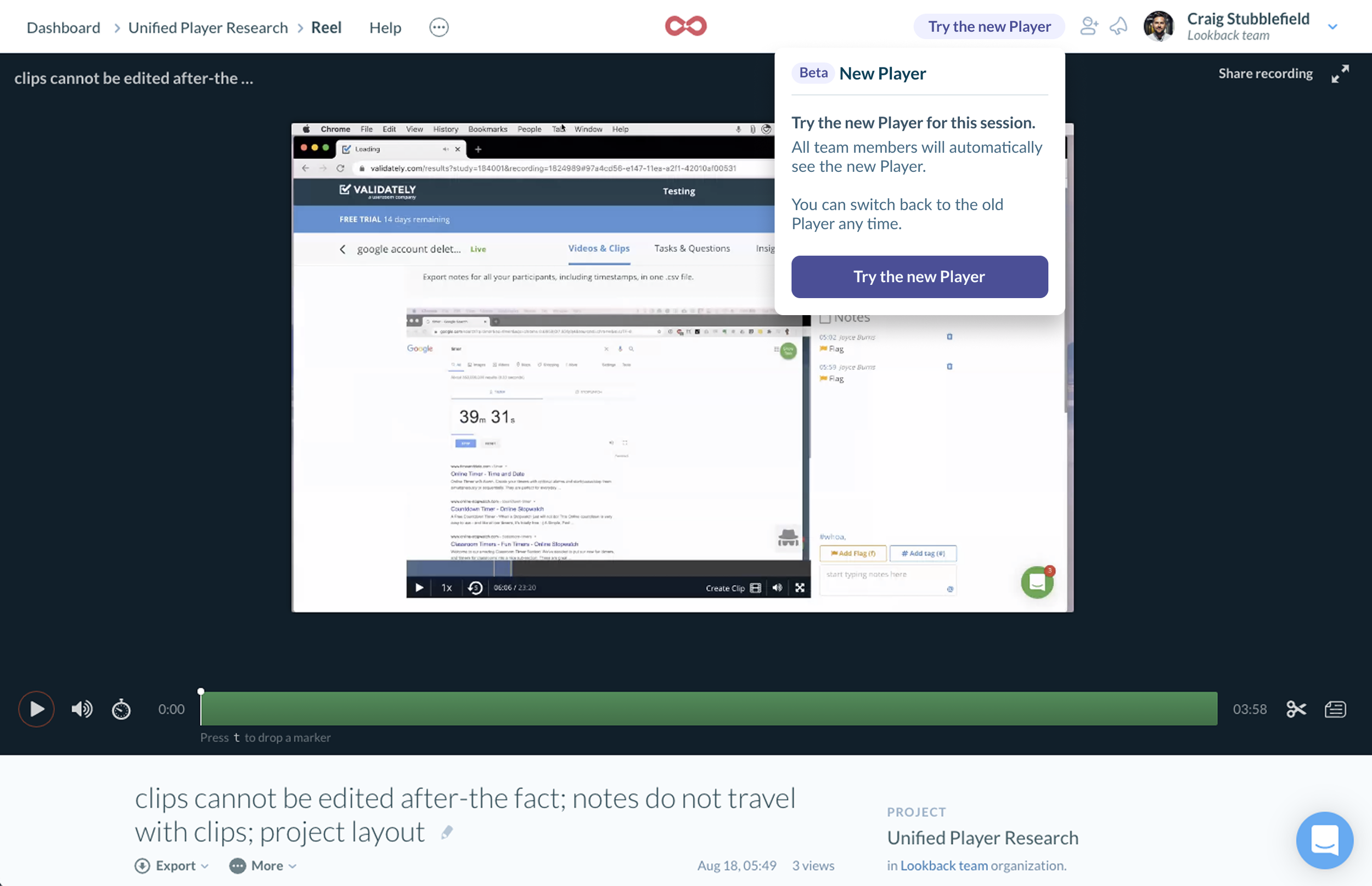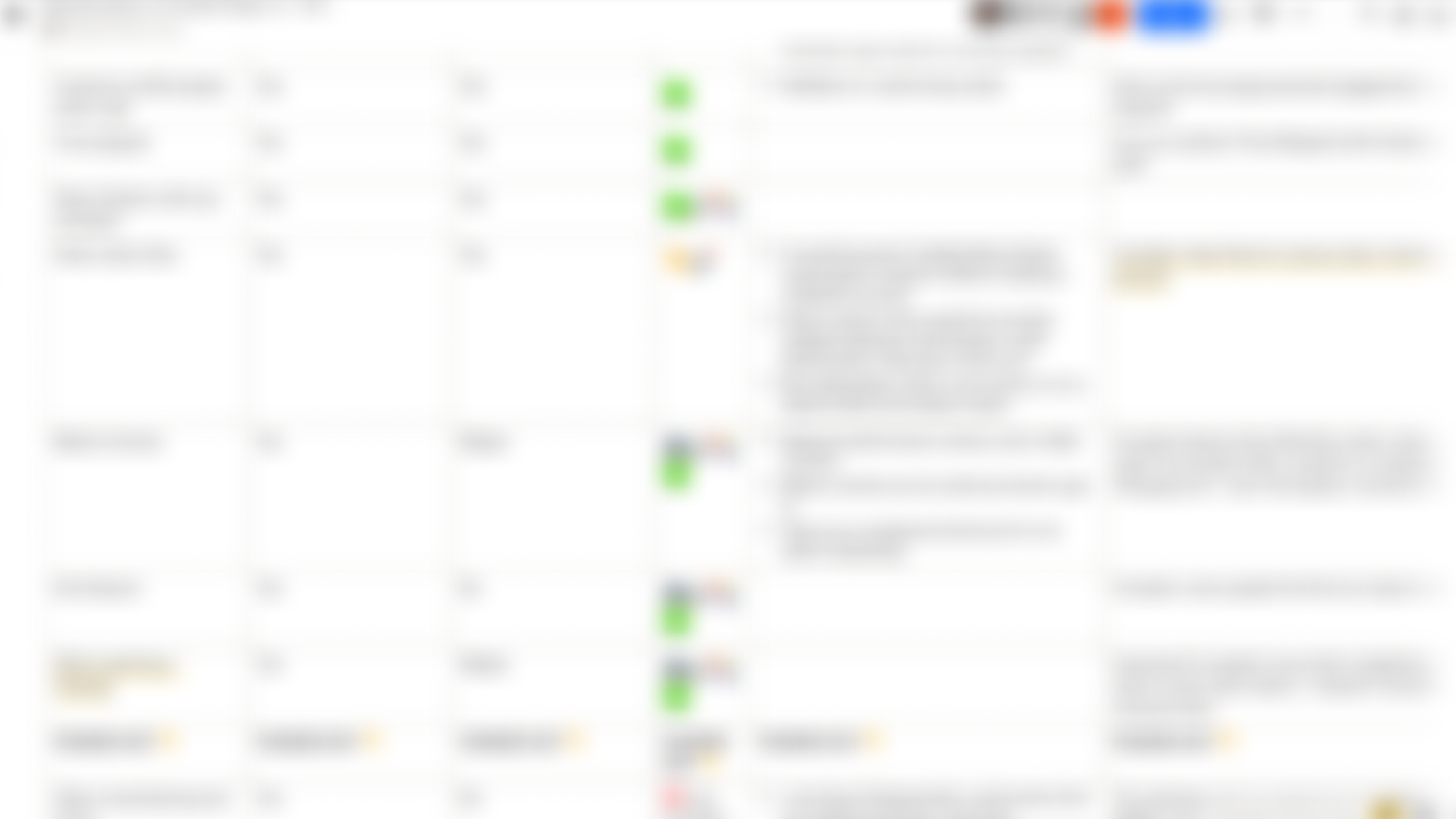
Unified Player
By our sixth year at Lookback, our research platform had become deeply embedded in the day-to-day operations of UX teams around the world. With that growth came a new kind of complexity: our once-simple session player—built to record, review, and collaborate on user research—was now one of the most used, most relied-upon components in the product, and yet also one of the hardest to evolve.
What began as a simple player for viewing sessions had grown organically over the years, serving multiple modalities (moderated, unmoderated, live, recorded), a diverse set of roles (researchers, observers, stakeholders), and increasing cross-platform demands. At this scale, what we needed was not just a redesign, but a rearchitecture.
Objective:
Create a modularized session player experience that supports multiple research formats, device types, and workflows—without breaking familiarity or increasing cognitive load for our users.
Strategic Direction:
We kicked off the “Unified Player 1.0” modularization effort with a few key principles:
• Respect existing behaviors: minimize disruption to daily usage.
• Increase surface area for innovation: separate concerns in a way that allows rapid iteration.
• Create reasonably future-proof architecture: accommodate new session types, integrations, and AI features like Eureka.
• Prioritize performance and clarity: many of our researchers conduct sessions under constrained bandwidth or during high-stakes internal sharing moments.
Scope:
The project spanned 61 core components grouped under 5 high-level functional categories:
Recording & Playback
Participant Streams
Observer Tools
Controls & Interactions
Annotations & AI Events
We also had to account for 5 primary session types each with unique customer expectations.
Beyond components, this effort introduced:
Two major workflows: pre-session setup vs. in-session engagement.
Three modes of visibility: researcher, participant, observer.
Dozens of context-sensitive interactions that had to degrade gracefully.
In total, we defined over 40 modular contexts and states that needed to be expressed through a single player surface.
Outcomes:
Built a componentized framework to accommodate future product design and development projects.
Enabled faster bug resolution and isolated QA for session-specific issues.
Reduced time-to-feature when shipping enhancements to video, controls, or observer tools.
Improved resilience across iOS, Android, desktop, and low-bandwidth environments.
Reflection:
This was one of the most technical product strategy initiatives I’ve led—striking a balance between architectural foresight and UX stability. It required tight collaboration between product, engineering, design systems, and customer support, and led to our team becoming more aligned around a shared product language for sessions moving forward.
This project is highly confidential in-natue. If you are interested in knowing more context and details, reach out to me for a private demo.

